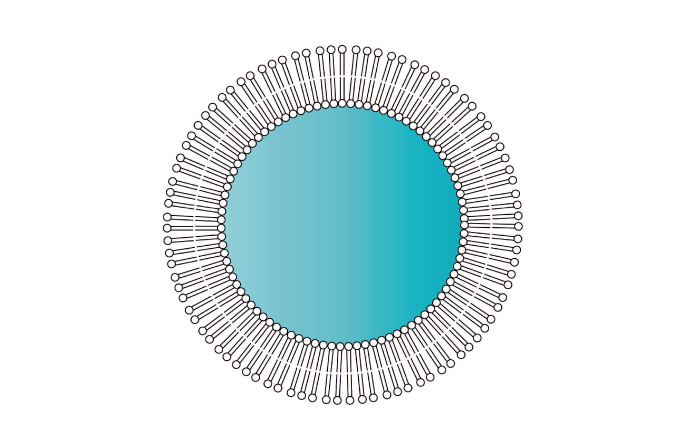Presenting highlights from Zhengzheng Zhang’s webinar “Positional determination of the double bonds in fatty acyl chains of phospholipids using the electron activated dissociation (EAD) capabilities of the ZenoTOF 7600 system,” which is now available to view on demand here
The field of lipid research has grown immensely over the last few decades. Lipids were initially identified as structural components of cellular membranes. However, researchers have come to realize that these diverse molecules are active players in many biological processes, including human disease states, such as Alzheimer’s, metabolic syndrome, and lysosomal storage disorders. Key to understanding their roles is the precise determination of their structures – no simple task given that mammalian cell membranes are known to contain more than 1000 different phospholipids alone.
Although lipid species generally fall into classes that share specific subgroups and configurations, the diversity of lipid molecules is enormous. Phospholipids, also known as phosphatides, are a class defined by a hydrophilic “head” composed of a phosphate group and two hydrophobic “tails” derived from fatty acids. These are joined by an alcohol residue (usually a glycerol molecule) and form lipid bilayers through their amphiphilic characteristic. Phospholipids are a key structural component of all cell membranes, providing both a two dimensional fluidity and mechanical strength protecting against rupture.
Characterization of lipids is a complex matter. Molecular composition is critical – but details about individual components, such as class, head groups, lengths of different fatty acids, modifications, attachment points, numbers, positions of double bonds, and even cis/trans configurations are all required for a complete description. As a result, the full structural description of lipid molecules is generally an arduous task that involves a series of characterization steps based on different methodologies.

The fatty acid residues attached to phospholipid molecules are one of the fundamental components that drive their biological activity. Fatty acid residues present as long carbon chains. Their lengths vary greatly, and they can be fully saturated or contain areas of unsaturation with single or multiple double bonds. The chain length and the presence and location of any unsaturation are both known to have a direct effect on both the lipid structure and function. Therefore, understanding their biological activity requires a full characterization of the fatty acid portion.
Because of this complexity, several techniques must be employed; there is currently no single commercial technology available to fully characterize lipids. However, to help simplify the process, we can employ the technique of electron activated dissociation (EAD) with a commercial system – namely, the ZenoTOF 7600 system from SCIEX
EAD is a general term that describes a number of fragmentation techniques that take advantage of ion-electron or ion-ion reactions. A beam of electrons reacts with the molecular ions in the sample, creating an intermediate radical state that breaks into measurable fragments. Altering the energy of the electrons yields different fragment profiles, inducing fragmentation in different molecules. Using EAD with the ZenoTOF 7600 system and its Zeno trap allows the simultaneous capture of ions and electrons with high speed and efficiency – and the electron kinetic energy and density can be finely tuned. In short, the ZenoTOF 7600 system gives us access to versatile reagent-free electron fragmentation with high sensitivity and high reproducibility.
In fact, the flexibility of the ZenoTOF 7600 system and the sensitivity of the output allows us to identify the deeper structural components of the lipid and, importantly, the fatty acid tail groups. EAD can produce diagnostic fragments of the lipid head group allowing identification of head group variations. However, it can also reveal the composition of the lipid backbone (glycerol/sphingoid) and provide information on the regioisomerism. Importantly, it can also describe the chain structure further by identifying chain length, double bond position, and the associated stereochemistry. How? EAD produces a rich set of chain fragments originating from the intact precursor ion with a sequential loss of CH2 from the fatty acid backbone. These fragments generally span the entire length of the fatty acid chains and help to confirm the lengths of the chains themselves. Inspection of the peak pattern observed at each sequential carbon loss can reveal the location of a double bond.
To understand more about the relationship between a lipid’s structure and its biological activity in health and disease, we need sensitive, reproducible, and ideally singlesystem methods for lipid characterization. With advancing technology like the ZenoTOF 7600 system, automation of the identification process is nearing a reality – and that will transform lipid identification and research.





